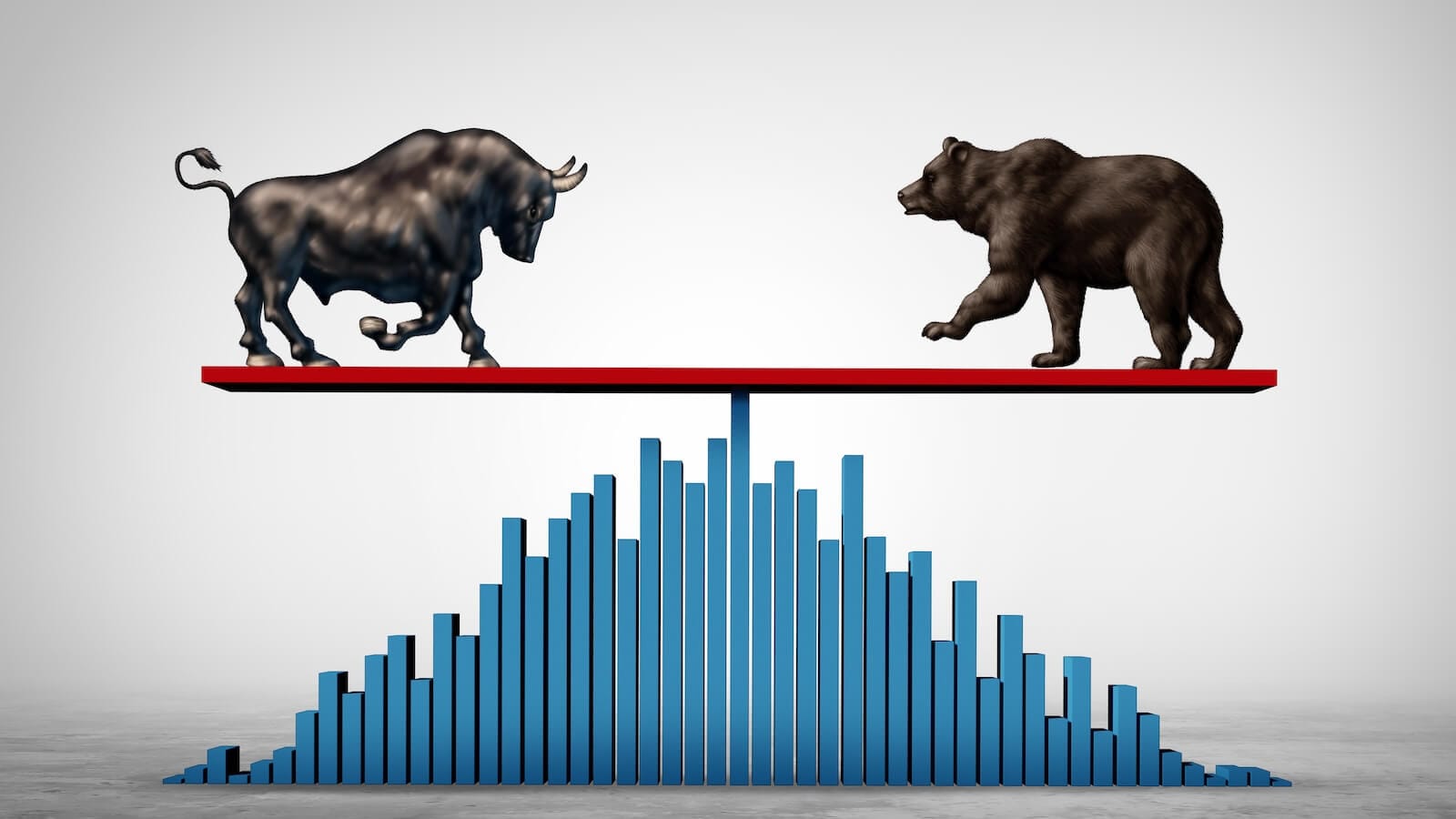It's Time to Take a Look at the Canadian and Australian Dollars and What They Imply for Inflation
The Canadian and Aussie dollars have been confined between two converging trendlines since the beginning of the century, as we can see from Chart 1. The moment of truth appears to be close at hand, as both are approaching the apex of a giant potential symmetrical triangle.
One usually consistent indicator that is not in play at this time is a 12-month MA crossover. That's because recent rangebound activity has caused the Canadian dollar to experience three false signals since late 2021, and the Australian five. Consequently, it's better to wait for a violation of the trendlines themselves.

Charts 2 and 3 focus on the post 2020-weekly trading action. Most of the indications point to an upside breakout. In the case of the Australian dollar, we see the currency right at its bear market trendline and slightly above the 65-week EMA. Even though the EMA has experienced several false signals of late, its position close to the down trendline suggests that if the line is violated, the EMA crossover will turn out to be genuine. All three KSTs are in a bullish mode, which also adds to the likelihood of a valid upside breakout.

The Canadian currency is in a similar position to its Aussie counterpart, in that it too has been confined between two converging trendlines since 2020. The principal difference is that the Canadian dollar is still trading below its 65-week EMA. The average and the down trendline are both at identical levels, so they provide a double barrel of resistance. Since the short-term KST is now in a bullish mode, it very much looks as if the currency will make an attempt to surpass this overhead supply.

These Currencies are Tied to Swings in Commodity Prices
The direction in which these two currencies eventually break will be of crucial importance to the global economy and inflation. It's not that the size of these two countries' economies cause them to play an influential role in pushing or curtailing global economic growth; rather, it's their sensitivity to major swings in commodity prices, because of the relative importance of resource industries in their economies. As a result, they can be used as signaling devices for future trends in commodity prices.
In this respect, Chart 4 compares the Canadian dollar to the CRB Composite. In many instances, currency traders anticipate major reversals in the CRB. Key long-term pivot points for both have been connected by the arrows. The shallower their slope, the longer the lead time. Periods when both series reversed more or less simultaneously have not been flagged. We even see two examples using the dashed red arrows, where commodities continued higher for a prolonged period and the dollar continued to sell off, as it led the CRB lower.

Chart 5 brings in a long-term KST for the dollar. I have identified subzero upside reversals with the green arrows. If you look at the tips of these arrows, you can see that they were all followed by a bull market in the CRB. It is also apparent that this indicator recently crossed above its MA for a bullish signal that should enable the currency to break above its green down trendline. It is also evident that the momentum is not yet decisive and that a small potential negative divergence has appeared. That discrepancy would be confirmed with a break below the red trendline, but cancelled in the event of an upside breakout.

Chart 6 features the same arrangement for the Australian dollar. Once again, the arrows represent KST buy signals, which were followed by a CRB rally, except for the one triggered in 2014. Note that the Aussie KST buy signal is more decisive than its Canadian counterpart. Since the currency is right at its 2021-24 down trendline, it therefore stands a good chance of being violated, with bullish implications for both it and commodity prices in general.

Finally, Chart 7 compares the Australian dollar to the iShares MSCI Emerging Markets (EEM). Not all emerging countries are resource-dependent, but there is a sufficient correlation between the EEM and Australian dollar to demonstrate that there is a connection. In that respect, the arrows show that both the EEM and dollar undergo similar swings. It's not a perfect relationship, as the 2019 experience, when the EEM rallied and the dollar sold off, shows. The EEM has already broken out, which casts a vote for emerging markets, the Aussie dollar and commodities.

Good luck and good charting,
Martin J. Pring
The views expressed in this article are those of the author and do not necessarily reflect the position or opinion of Pring Turner Capital Groupof Walnut Creek or its affiliates.










